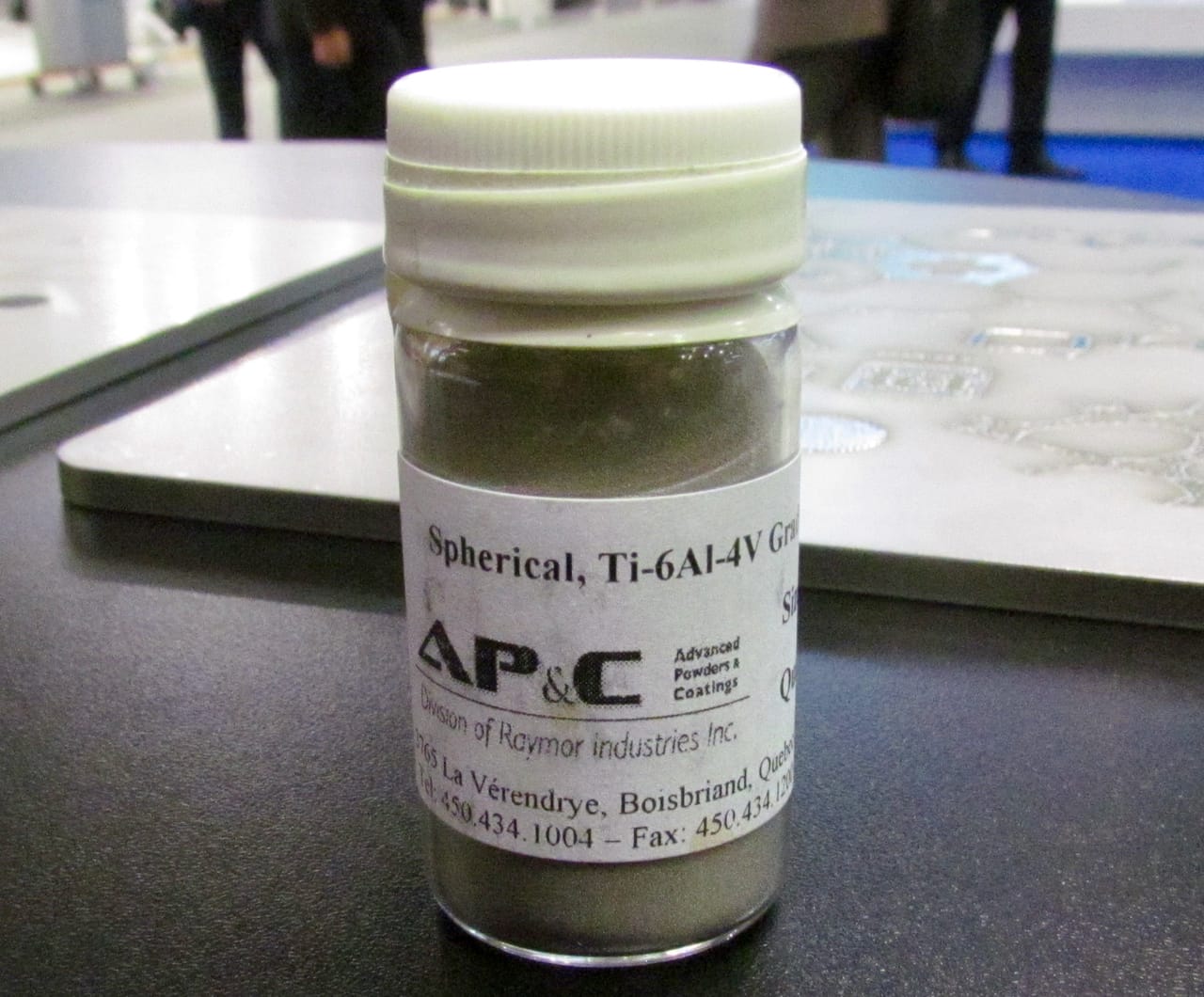
An announcement today triggered some thoughts about the importance of certifications for companies in the 3D metal printing market.
A certification is a “pass” by an official third party inspector that the inspected party has achieved a specific level of capability. These certifications come from different organizations, be they ISO standards or local government regulatory agencies. Sometimes they are quite difficult to obtain due to the amount of effort required to implement the necessary changes in a company’s operations.
Today I saw an announcement from Arcam that their Canadian metal powder-producing subsidiary, AP&C, has achieved ISO 13485 certification. Let’s see what this means and why it is important.
First, what is ISO 13485? From Wikipedia:
ISO 13485 Medical devices — Quality management systems — Requirements for regulatory purposes is an International Organization for Standardization (ISO) standard published for the first time in 1996; it represents the requirements for a comprehensive quality management system for the design and manufacture of medical devices.
Why would a company pursue such a certification? Because the 3D metal printing market today effectively demands it. Here’s the logic:
- 3D metal printers are, for the most part, expensive to acquire
- Metal powder for these machines is expensive, more than commonly available metals
- Operation of a 3D metal printing operation requires additional equipment and staff for successful printing, adding even more to the cost
Because of the above, it means that 3D metal prints are quite expensive, and expensive parts are only affordable by certain industries.
Industries able to afford expensive parts are usually those where a critical safety requirement demands intensive checking to ensure systems operate correctly. This includes aerospace, medical, nuclear and automotive industries, among others.
Buyers of parts and materials for those industries require assurance that checks have been done, creating the need for certifications. As systems are built from parts and materials, there must be a continuous chain of certifications right from the materials to the finished products.
Thus it seems that the feasible and profitable major markets for 3D metal printing applications most likely require a number of certifications before they can use the technology. This means that anyone hoping to lead in the 3D metal printing market must adhere to the appropriate certifications, be they 3D printer manufacturers, material suppliers or 3D metal printing service bureaus.
The implication here is that 3D metal printing market participants must obtain all of the relevant certifications if they hope to compete successfully.
The announcement of Arcam achieving ISO 13485 is terrific for them, as they can now state so when pitching to potential clients. However, some of their competitors, including LPW and GKN already had such certifications. Imagine if you were a buyer and required the certification: you would not even consider a company that did not have the required stamp.
ISO 13485 is only one of multiple certifications required for a company to produce medical devices, but it’s certainly a step on the way. I imagine that over time market participants will gradually accumulate more certifications as competition will drive them to do so.
And those 3D metal printing companies that don’t pursue certifications may be left behind.
Via Arcam/Cision

